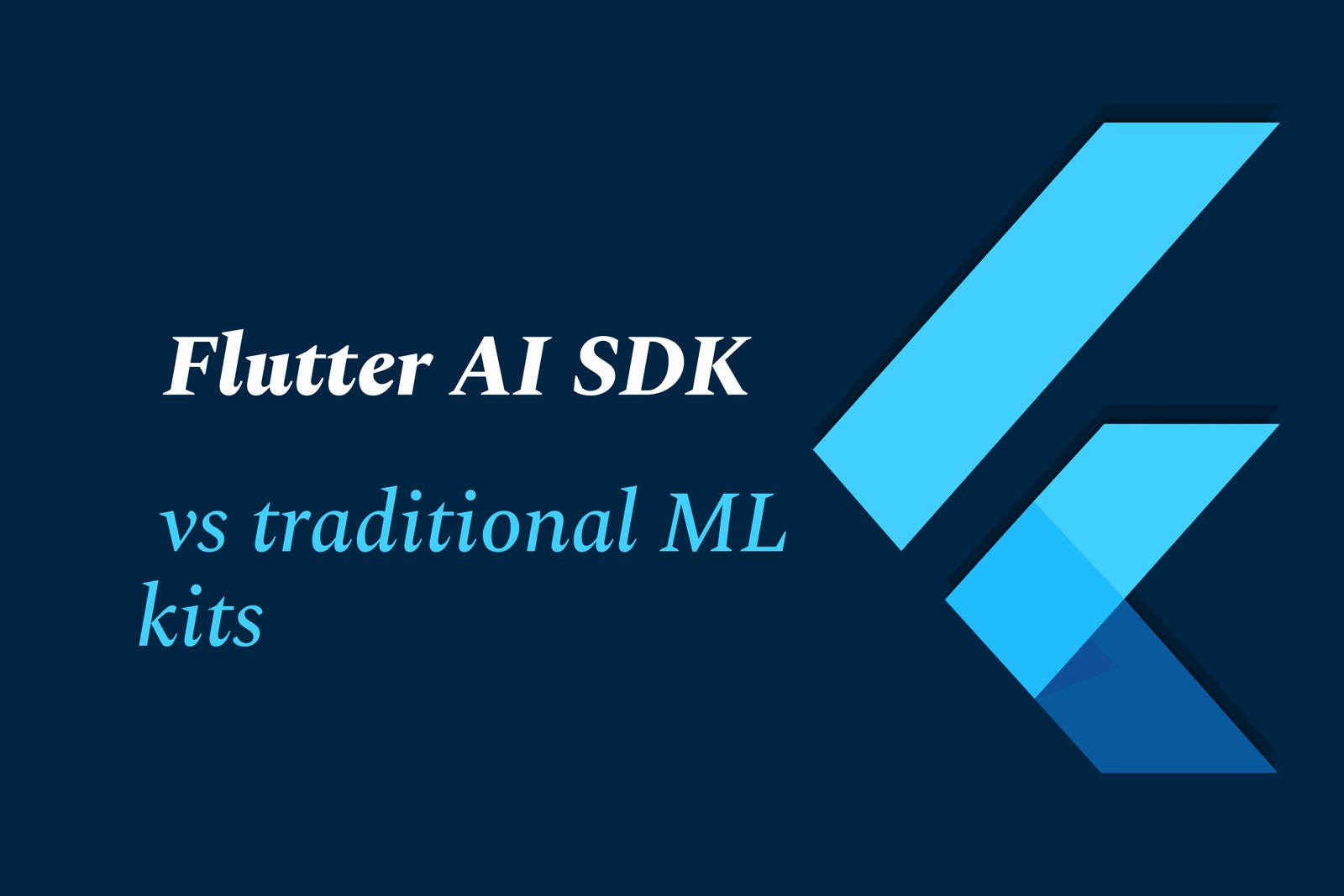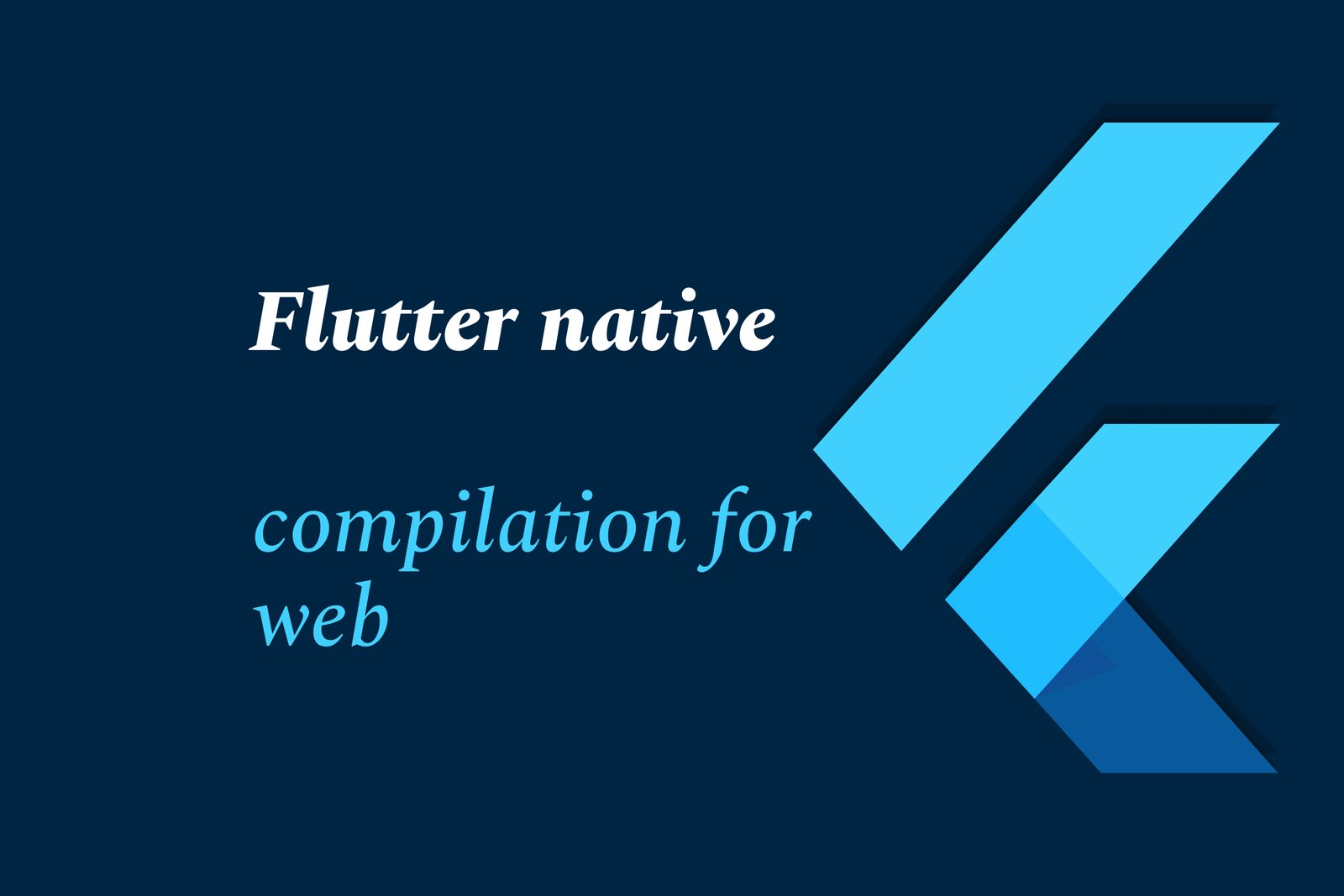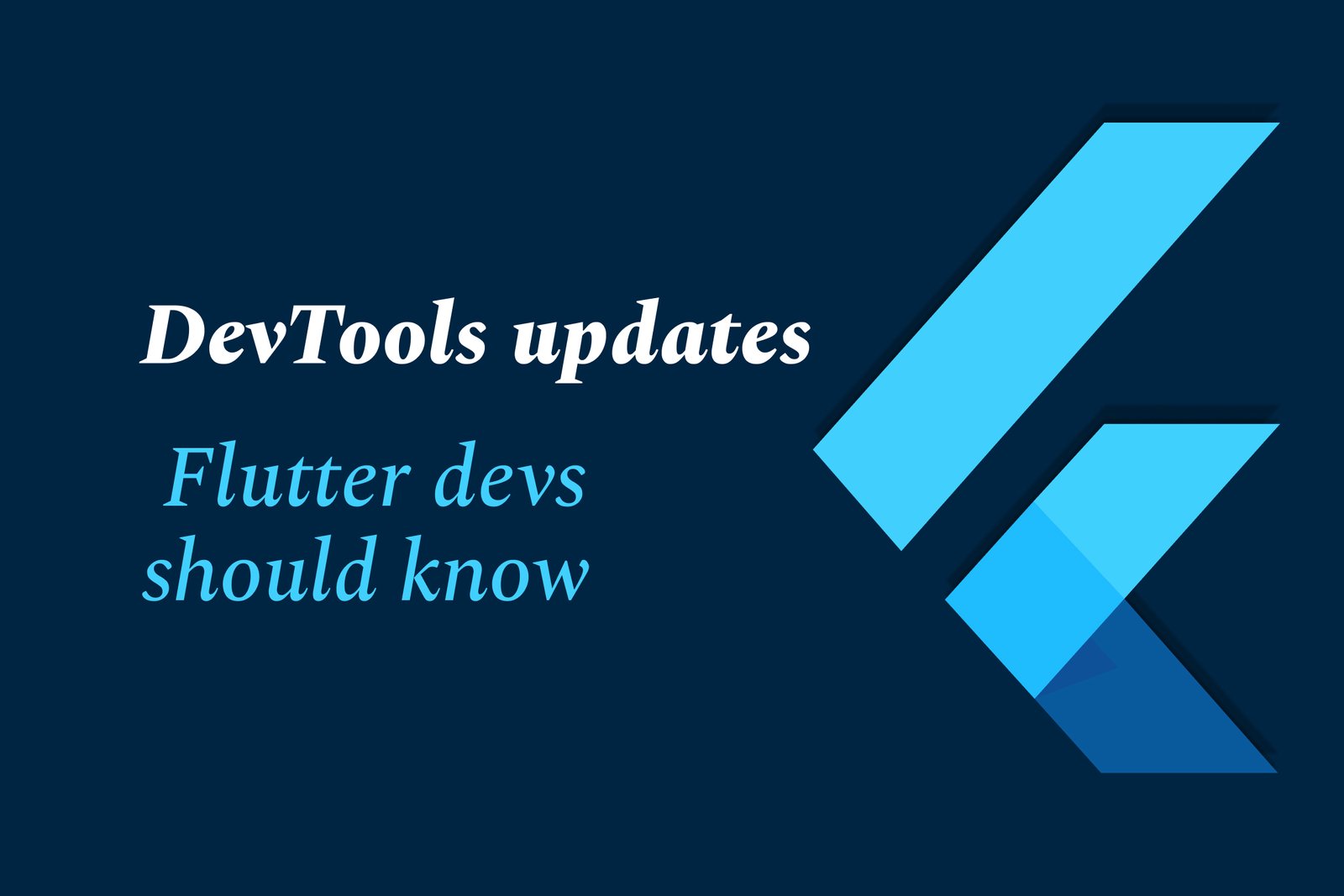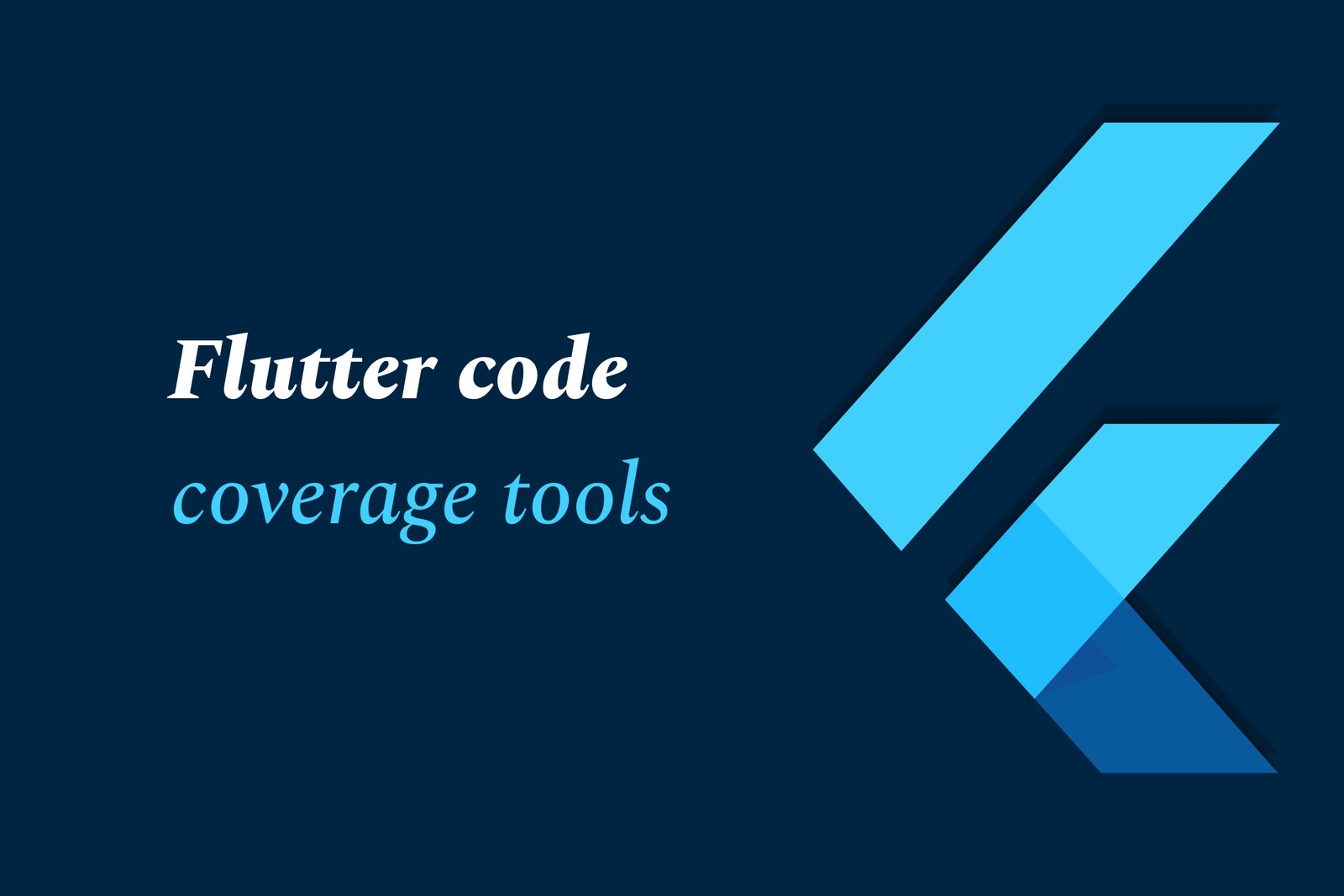Flutter AI SDK vs Traditional ML Kits
Flutter AI SDK offers customizable, seamless AI integration directly within Flutter apps for cross-platform use, while traditional ML kits provide ready-made, platform-specific machine learning features with less customization, often requiring native code bridges for Flutter compatibility.
Flutter AI SDK vs Traditional ML Kits
1 ) Overview
Flutter AI SDK and traditional ML kits serve the purpose of integrating machine learning and AI functionalities into applications. Flutter AI SDK is tailored to work seamlessly within the Flutter ecosystem, enabling developers to build AI powered features directly in Flutter apps. Traditional ML kits, such as Google ML Kit or Firebase ML, offer machine learning capabilities across various platforms and are generally more established.
2 ) Customization and Integration
Flutter AI SDK: Provides a more customizable environment for AI feature integration in Flutter apps. It supports building tailored solutions, such as customizable edge detection or OCR, that run natively within the app via Flutter's MethodChannels.
Traditional ML Kits: Often come with prebuilt components with limited customization options. They typically run on native Android or iOS layers and require bridging to Flutter, sometimes limiting customization flexibility.
3 ) Platform Compatibility
Flutter AI SDK: Specifically designed for Flutter, ensuring consistent experience across iOS, Android, and web platforms supported by Flutter.
Traditional ML Kits: Usually designed primarily for Android and iOS native environments, with varying degrees of Flutter support, sometimes requiring additional plugins or wrappers.
4 ) Feature Availability
Flutter AI SDK: Provides AI features that can be directly used inside the Flutter app, enabling functionalities like document scanning, OCR, and image processing with full control by the developer.
Traditional ML Kits: Offer a wide range of ready to use ML capabilities, including text recognition (OCR), face detection, barcode scanning, and others, but with less scope for deep customization.
5 ) Performance
Flutter AI SDK: Since it runs directly within the Flutter framework, it may benefit from more optimized cross platform performance and better control over AI feature execution.
Traditional ML Kits: Depending on implementation, may introduce some overhead due to platform channel communication or running on native SDKs; however, they benefit from mature, optimized native implementations.
6 ) Use Cases
Flutter AI SDK: Preferred when needing customized AI features tightly integrated into Flutter apps, such as tailor made document edge detection or custom OCR workflows.
Traditional ML Kits: Well suited for developers looking for quick integration of common ML features without the need for extensive customization.
7 ) Community and Support
Flutter AI SDK: Emerging with growing community support focused on Flutter developers aiming for AI integration.
Traditional ML Kits: Backed by large companies (e.g., Google) with extensive documentation, support, and real world adoption but may lag in Flutter specific customization.
Summary
Choosing between Flutter AI SDK and traditional ML kits depends on project needs. If deep customization and seamless Flutter integration are paramount, Flutter AI SDK is advantageous. For quicker deployment of standard ML features and broader platform support, traditional ML kits remain a solid choice.
https://justacademy.in/news-detail/flutter-and-tensorflow-lite-examples
https://justacademy.in/news-detail/google-i/o-2025-highlights:-flutter-takes-the-lead
https://justacademy.in/news-detail/flutter-sdk-updates-in-july-2025
https://justacademy.in/news-detail/flutter-lts-release:-what-it-means
https://justacademy.in/news-detail/handling-user-input-in-flutter
Related Posts
Top Flutter animation packages like SpinKit, Animations, and Flutter Animate simplify adding smooth, engaging animations to apps. They offer ready-made loaders, material transitions, and versatile effects, enhancing user experience with minimal code and improved UI appeal.
Flutter AI packages are rapidly gaining traction by enabling developers to easily integrate powerful AI features like machine learning and natural language processing into cross-platform apps, boosting innovation and efficiency within the growing Flutter ecosystem.
Flutter enables cross-platform desktop app development with a single codebase, offering fast UI design, native performance, and strong community support. However, it faces challenges like larger app sizes, limited desktop-specific features, and a less mature ecosystem compared to native tools.
Flutter AI combines Flutter’s cross-platform app development with AI technologies to create smart, efficient fintech and healthcare apps—enabling fraud detection, personalized finance tips, medical imaging, virtual health assistants, and automation for improved user experience and operational efficiency.
Flutter's Linux desktop support has steadily advanced, improving performance, native theming, and integration with Linux desktop environments. Collaboration with Canonical and the community is driving better window decorations, menu support, and release-ready app builds for seamless Linux app development.
Flutter is a versatile UI toolkit by Google enabling cross-platform app development, increasingly used for Smart TVs and IoT devices. It allows building native-like interfaces for diverse platforms, streamlining development despite challenges like remote navigation and platform-specific integration.
Flutter native compilation for web transforms Flutter code into efficient JavaScript and WebAssembly, enabling fast, high-performance web apps with smooth UI rendering. This approach delivers near-native speed and consistency across browsers using a single codebase.
Flutter DevTools has been updated with enhanced performance profiling, an improved widget inspector, network monitoring, Material You theming support, faster hot reload/restart, and better accessibility tools—helping developers debug and optimize Flutter apps more efficiently.
Flutter code coverage tools measure the percentage of code executed during testing, helping developers identify untested parts. Using commands like `flutter test --coverage` and tools like LCOV and VSCode extensions, they visualize coverage to improve code quality and reliability.
In 2025, Dart Pub remains a vital hub for discovering and managing Dart packages, driven by Flutter’s growth. Trends focus on enhanced cross-platform tools, improved performance, richer libraries, and rising use in innovative apps like AR, making Dart Pub essential for versatile, modern development.










